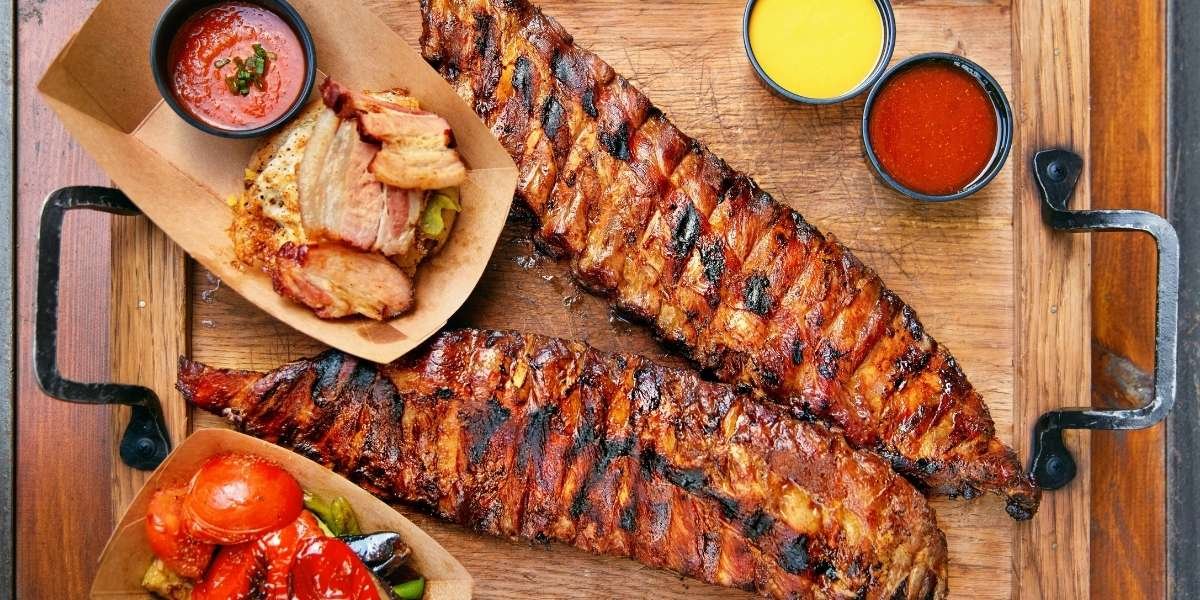In the fast food industry, chicken has become the dominant meat choice, surpassing pork in many parts of the world. But what makes chicken so widely favored? From global tastes to convenience and cost-effectiveness, there are several factors that contribute to this preference.
One of the primary reasons for chicken’s popularity in fast food is its versatility. Whether it’s served as fried chicken, nuggets, sandwiches, or wraps, chicken can be prepared in numerous ways to suit different tastes. It pairs well with a variety of sauces and seasonings, making it an ideal choice for creating diverse menu options that appeal to a broad customer base. The mild flavor of chicken also ensures that it can be easily adapted to local tastes and regional preferences.
Another reason chicken is preferred is its leaner profile compared to pork. As consumers become more health-conscious, many choose chicken for its lower fat content and higher protein levels. This makes chicken seem like a healthier option, which fits well with the growing demand for lighter, nutritious fast food choices.
What Role Does Cost Play in the Preference for Chicken?
Cost is another significant factor that drives the preference for chicken in fast food. Chicken is generally less expensive to raise and process compared to pork, which makes it more affordable for fast food chains to source and offer in large quantities. Pork, on the other hand, requires more resources and takes longer to grow, which adds to its cost.
For fast food restaurants aiming to keep prices low and competitive, chicken provides a cost-effective option without sacrificing quality or taste. The affordability of chicken allows fast food chains to create menu items that offer great value to customers, contributing to the meat’s widespread use in fast food establishments.
The lower cost of chicken contributes to the growing demand for poultry-based fast food products. As prices remain affordable, fast food chains can offer promotions, meal deals, and variety without significantly impacting their profit margins. This cost efficiency is one of the driving forces behind the extensive use of chicken in fast food.
How Do Consumer Preferences Impact the Fast Food Industry?
Consumer preferences play a critical role in shaping the fast food industry, and when it comes to choosing between chicken and pork, it’s clear that chicken has the edge. For one, chicken is considered a more neutral and widely accepted protein, catering to a diverse range of dietary needs and preferences.
For example, in many cultures and religions, pork consumption is restricted or avoided, making chicken a more universally accepted option in the fast food sector. Additionally, with increasing awareness of food allergies and sensitivities, chicken tends to be seen as a safer and more adaptable choice for a variety of diets. Whether it’s for health reasons, ethical concerns, or dietary restrictions, chicken has broader appeal, making it a go-to choice for fast food chains.

The preferences of younger generations, in particular, also play a role in shaping the menu items of today’s fast food chains. Millennials and Gen Z, who are more health-conscious, tend to lean towards options that are lighter and more customizable, which aligns with the growing popularity of chicken in the fast food space.
Why Do Fast Food Chains Choose Chicken Over Pork?
Fast food chains are keenly aware of consumer preferences and market trends, and chicken aligns more closely with these demands than pork. Aside from its versatility and cost-efficiency, chicken can be marketed as a healthier, more environmentally friendly option than pork.
The poultry industry has made significant strides in promoting the environmental benefits of raising chicken compared to pork. Chicken requires less land, water, and feed to produce, which appeals to consumers who are increasingly concerned about sustainability. This makes chicken not only a practical choice for fast food chains but also a more socially responsible one in the eyes of the consumer.
Chicken has a quicker cooking time than pork, allowing fast food chains to prepare meals faster and keep up with high demand. This speed is crucial in the fast-paced environment of fast food, where time is money, and customers expect a quick, efficient service.
What Does the Future Hold for Chicken in Fast Food?
Looking ahead, it’s clear that chicken will continue to dominate the fast food industry for the foreseeable future. However, changing consumer preferences and dietary trends, such as the rise of plant-based diets, may alter the landscape of the industry in the coming years. While chicken remains a top contender in fast food, some chains have already begun to introduce more plant-based and alternative protein options to meet the evolving demands of health-conscious consumers.
Despite this, chicken is likely to remain a cornerstone of the fast food industry. As long as chicken continues to offer affordability, versatility, and widespread appeal, it will hold a prominent place in fast food menus across the globe. The industry is likely to continue innovating with new ways to prepare and serve chicken, keeping the meat relevant and desirable in an ever-changing market.









